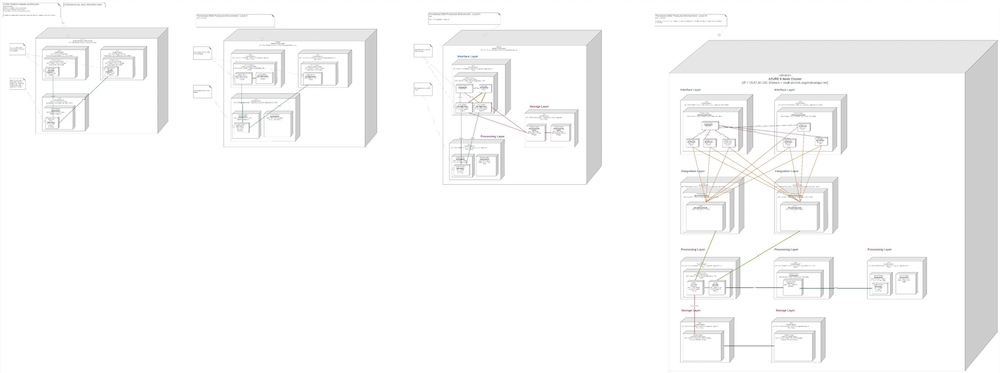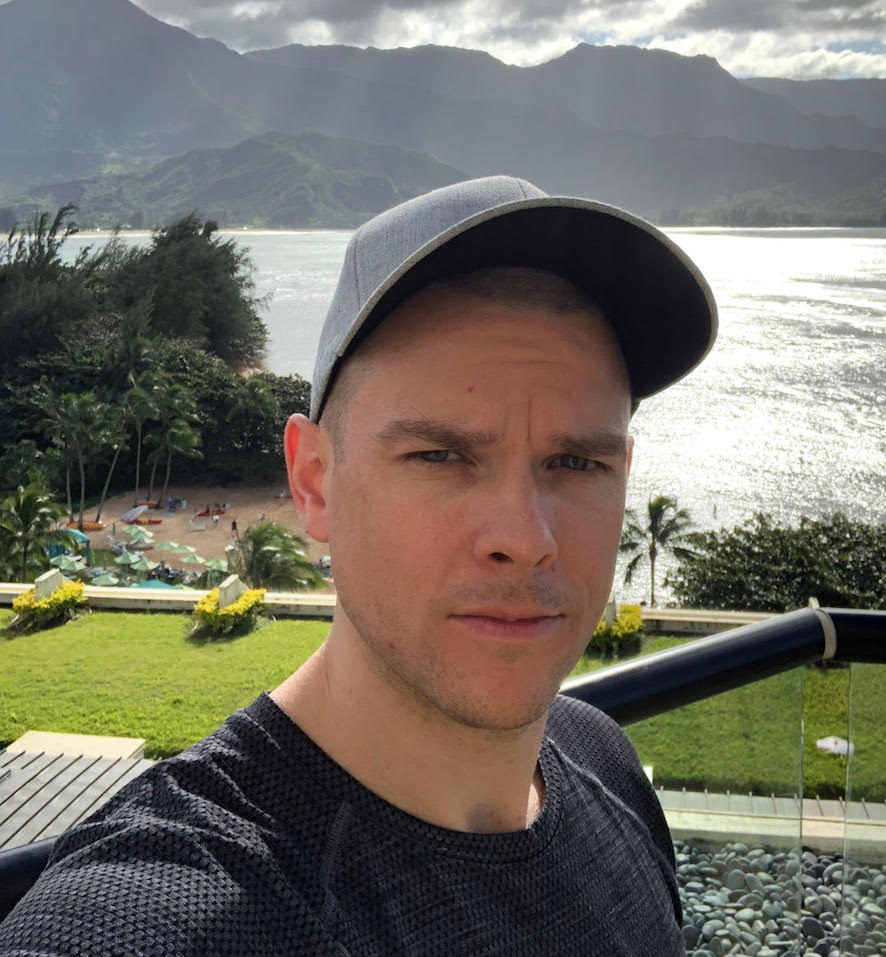
Methods of Diagramming and Visualization
Saturday, February 25th, 2023, at 6:04 PM Wellington, New Zealand Time
Contents
Author
Author: Dr.9 Mattanaw, Christopher Matthew Cavanaugh, Retired
Interdisciplinarian with Immeasurable Intelligence. Lifetime Member of the High Intelligence Community.6
- Masters Business & Economics, Harvard University (In Progress)
- Attorney, Pro Se, Litigation, Trial, Depositions, Contracts (E.g. State of Alaska v. Pugh, et. al., Alaska Superior and Supreme Courts)4
- B.S. Psychology, University of Maryland, 4.0, Summa Cum Laude1
- B.S. Computer & Information Science, University of Maryland, 3.91, Magna Cum Laude2
- B.A. Philosophy, University of Maryland.3
- G.E.D., State of Maryland, Montgomery County, 1999.
Former Chief Architect, Adobe Systems
Current President/Advisor, Social Architects and Economists International.
Contact:
Resumé
Author: Mattanaw, Christopher Matthew Cavanaugh
- Masters Business & Economics, Harvard University (In Progress)
- B.S. Psychology, University of Maryland, 4.0, Summa Cum Laude1
- B.S. Computer & Information Science, University of Maryland, 3.91, Magna Cum Laude2
- B.A. Philosophy, University of Maryland.3
- G.E.D., State of Maryland, Montgomery County, 1999.
Former Chief Architect, Adobe Systems
Current President/Advisor, Social Architects and Economists International.
Contact:
Resumé
Edit History
- Draft Created: Saturday, February 25th, 2023, at 6:04 PM Wellington, New Zealand Time
Introduction
The purpose of this page will be to provide and define methods of diagramming and visualization which may support nearly everyone who is interested in understanding nearly any life process better. Anything that is done in life can have a helpful programmatic representation as computer and information scientists may know, as training on programming initially covers the abstract and general utility of programming. Completeness of programming languages is supposed to include simple structures which can be easily used to represent behavior of objects in the world, and their properties. Simple everyday processes many have used in everday life like cooking in the kitchen, are expressed in recipes which already resemble computer programs. Behavior in the kitchen is much like work. Careful thinking reveals that all behaviors really do resemble also work in the kitchen. It is an easy progression to make to move from using written kitchen recipes to writing recipe programs. A recipe program of a family recipe can include guided steps to ensure that a cook is trained to replicate the recipe. Programs could likewise be used to create recipes for scientists to replicate prior studies which had programmatic recipes already created. This should convince the reader of the wide applicability of programming.
Programming code is a form of text-visual diagram. We don’t think of it often as a diagram but really it is identical with equivalent diagrams that have UML format. We can write box and arrows type diagrams to represent a wide variety of processes which programs would also represent, meaning diagrams have about as wide applicability as programs. Narrative descriptions of programs may be written in natural language. These would be paragraphs, which can be translated to simpler recipes, and translated to programs, and translated into diagrams that have a simple box-and-arrows approach, like UML.
Anyone can make use of programs, simple diagramming techniques, and so on to understand more thoroughly life processes, and also to make plans to self-program. Programming of the self and one’s own behavior is the same as training. When one trains oneself on following a recipe, one is training on a program. Once one is well trained, one is running a program for the recipe. It is not optional whether one is or is not running such a program when doing the behaviors after trainin. Doing the behaviors to make the recipe is already represented by analogy to the program. The program created the behavior and somewhat describes the behavior. Parents and grandparents leaving recipes hope their children and grandchildren and later progeny become programmed like they were. What is interesting is that you can create programs of your own and train on them for your moral development.
Your behavior also already resembles programs which were not yet written. If you wrote a program to depict all your behavior you would have succeeded in describing to the world how you behave and behaved. You are then writing something that indicates all your behavior is program-like. Diagrams can be used instead of programs to depict the behavior. Again it is not questionable that a program analogy is a good one if already the behavior is well represented by a program, and if to train others to have the same behavior, one would need to train them on recipes which could be substituted for programs. Since diagrams may be used instead, one can also say that lives are diagram like, when the diagrams are similar to programs and recipes, and clearly describe the objects and behaviors.
Diagrams can be very simple and yet very useful. Oddly, the author has thought he could teach young children how to diagram in ways which were similar to his work in software architecture and enterprise architecture for large organizations, and for governments. Much that is done by professionals is easy to do, and yet the information is protected information so that people can act as though their careers are more esoteric or abstruse, or hard to learn. I think software architecture is sometimes simple to teach, and what can be learned by anyone may be better than what is used by large organizations. This is because sometimes needs are quite simple, and diagramming and programming itself is simple (although it can grow in complexity, like growing complexity in the world and life), but enterprises often use techniques that are too formal, too market driven (using products created by others), or are too makeshift and unstandardized.
The approaches here will share valuable information from my experience as a software architect and psychologist, and from experience as an applied moral philosopher and ethicist. I am also of course an experienced software engineer and know how to code and represent system behaviors. Readers of this document will learn how to use very simple diagramming methods which include a mixture of free play and of formalism, which makes it possible to follow rules that allow for representing life behaviors. The results of a program that depict life well is part of science, so one becomes more of a scientist by knowing how to do these activities.
Completed at 6:26 pm in 23 minutes without edits, semi-blind typed. This document was not yet read or proofread, or spellchecked. Unedited as part of a study in editing
[More soon, document in a DRAFT state]

I am a retired executive, software architect, and consultant, with professional/academic experience in the fields of Moral Philosophy and Ethics, Computer Science, Psychology, Philosophy, and more recently, Economics. I am a Pandisciplinarian, and Lifetime Member of the High Intelligence Commmunity.
Articles on this site are eclectic, and draw from content prepared between 1980 and 2024. Topics touch on all of lifes categories, and blend them with logical rationality and my own particular system of ethics.